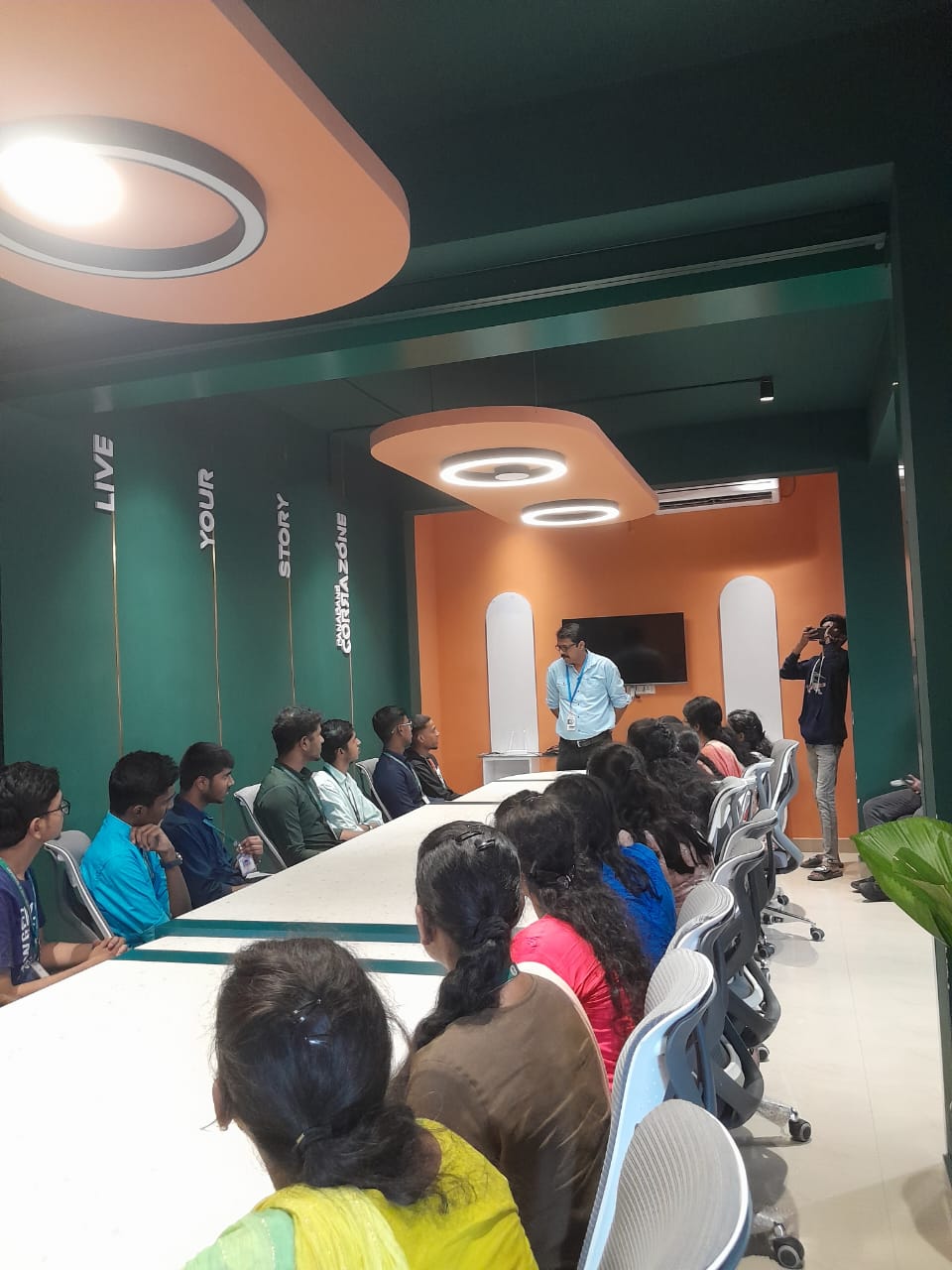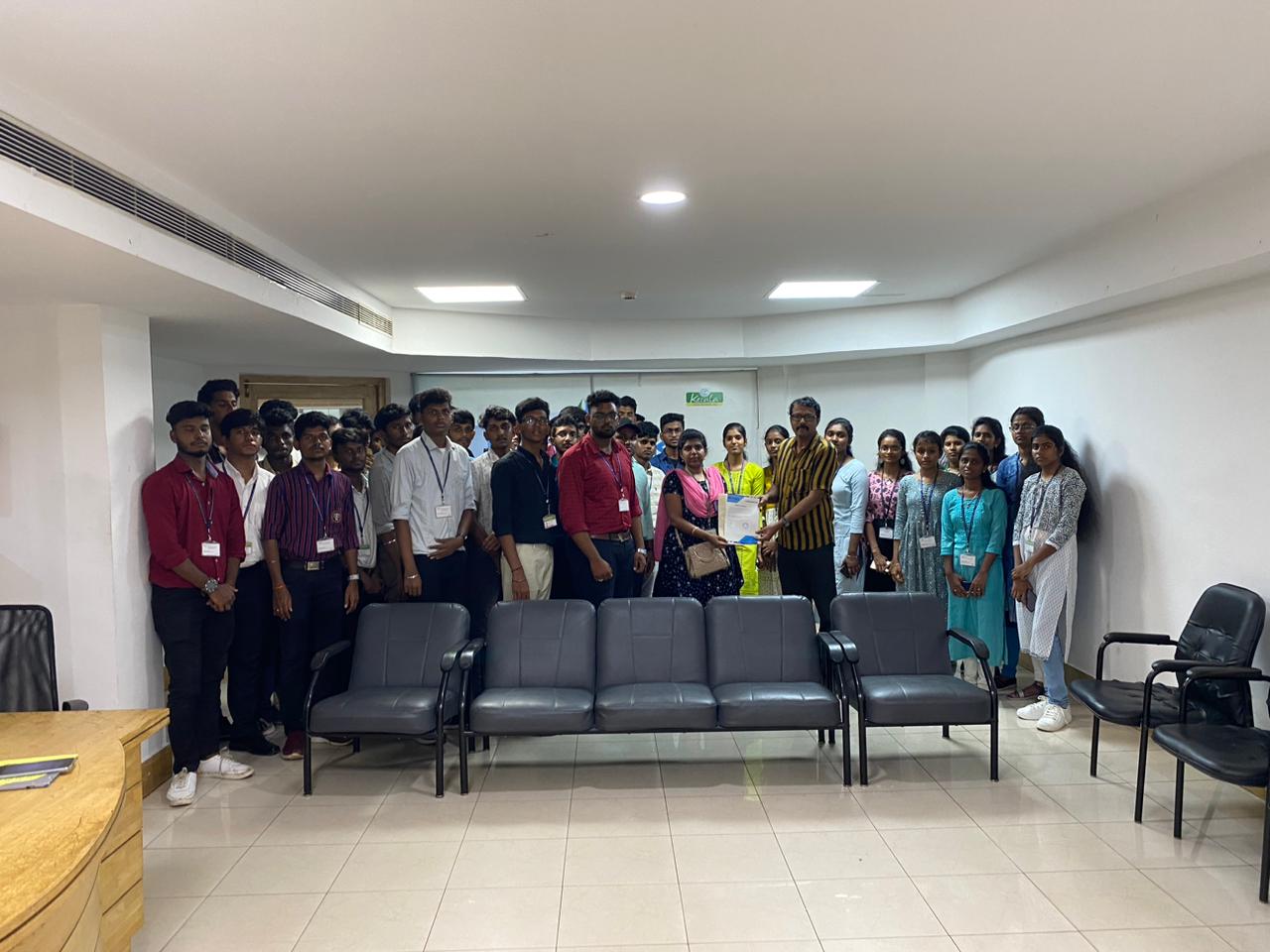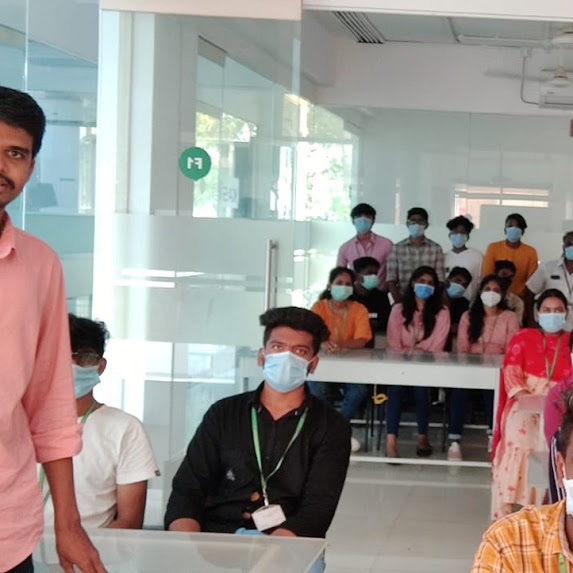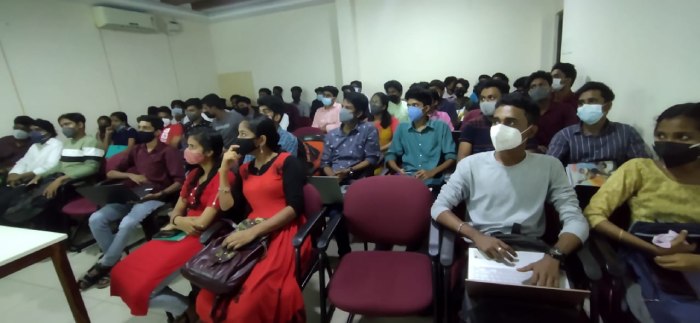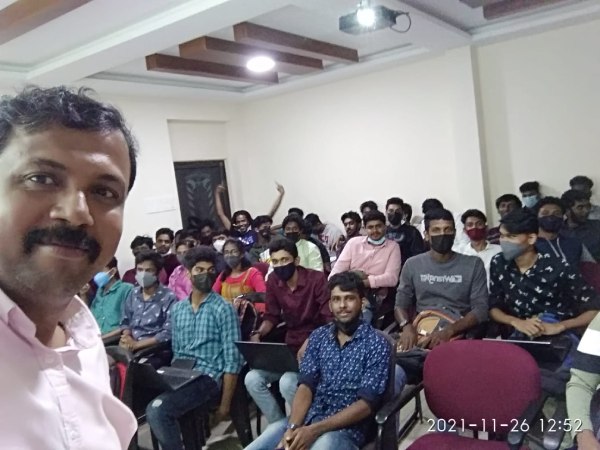SOC Analyst Training by Experts
Our Training Process

SOC Analyst - Syllabus, Fees & Duration
Introduction to Cybersecurity
- Basics of cybersecurity
- Common cyber threats and attack vectors
Networking Fundamentals:
- Understanding TCP/IP
- Network protocols
- Firewalls, routers, and switches
Operating Systems
- In-depth knowledge of Windows, Linux, and possibly macOS
- File systems and permissions
Security Technologies
- Antivirus and anti-malware solutions
- Intrusion detection/prevention systems (IDS/IPS)
- Security information and event management (SIEM) systems
Incident Response
- Incident detection and analysis
- Incident classification and escalation
- Incident documentation and reporting
Threat Intelligence:
- Understanding threat intelligence
- Integrating threat intelligence into daily operations
Security Monitoring:
- Log analysis
- Network traffic analysis
- Endpoint security monitoring
Vulnerability Management
'- Identifying and prioritizing vulnerabilities
- Patch management
Security Policies and Compliance
- Understanding security policies and procedures
- Compliance standards and regulations
Hands-on Labs and Simulations
- Practical exercises & simulations for real scenarios
- Use of cybersecurity tools in a controlled environment
Soft Skills
- Communication and collaboration
- Analytical thinking and problem-solving
This syllabus is not final and can be customized as per needs/updates





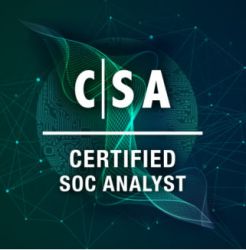 Stay updated on changes in cybersecurity laws and regulations. Security Awareness Training:Educate employees on security best practices and conduct training sessions to raise awareness about potential cyber threats. Industry-recognized certifications, such as CompTIA Security+, Certified Information Systems Security Professional (CISSP), or Certified Ethical Hacker (CEH), may also be part of the training or pursued separately. Cybersecurity analysts play a crucial role in maintaining the confidentiality, integrity, and availability of an organization's information assets. Here are some common tasks and roles performed by cybersecurity analysts:Monitoring Security Infrastructure:Continuously monitor security alerts and events to identify potential security incidents. Network and System Security:Implement and maintain security measures such as firewalls, intrusion detection/prevention systems, and antivirus solutions. Security Audits and Assessments:Conduct security audits and assessments to evaluate the effectiveness of security controls. Collaboration with IT Teams:Work closely with IT teams to integrate security measures into the development and maintenance of systems and applications. Some programs may be intensive, lasting a few weeks, while others may be part-time over several months. Threat Intelligence Analysis:Stay informed about current cyber threats and trends.
Stay updated on changes in cybersecurity laws and regulations. Security Awareness Training:Educate employees on security best practices and conduct training sessions to raise awareness about potential cyber threats. Industry-recognized certifications, such as CompTIA Security+, Certified Information Systems Security Professional (CISSP), or Certified Ethical Hacker (CEH), may also be part of the training or pursued separately. Cybersecurity analysts play a crucial role in maintaining the confidentiality, integrity, and availability of an organization's information assets. Here are some common tasks and roles performed by cybersecurity analysts:Monitoring Security Infrastructure:Continuously monitor security alerts and events to identify potential security incidents. Network and System Security:Implement and maintain security measures such as firewalls, intrusion detection/prevention systems, and antivirus solutions. Security Audits and Assessments:Conduct security audits and assessments to evaluate the effectiveness of security controls. Collaboration with IT Teams:Work closely with IT teams to integrate security measures into the development and maintenance of systems and applications. Some programs may be intensive, lasting a few weeks, while others may be part-time over several months. Threat Intelligence Analysis:Stay informed about current cyber threats and trends.











































































